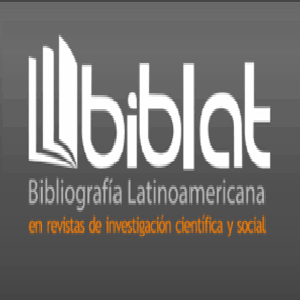Border Cave: an approach to the South African archaeological practice
DOI:
https://doi.org/10.5281/zenodo.5669315Keywords:
cultural heritage, local community, international practice, fieldwork, Middle Stone AgeAbstract
Border Cave is a cave located in the Lebombo Mountains, on the border between KwaZulu-Natal region (South Africa) and Eswatini. The archaeological excavations began in 1934, resumed during the 70’s, and the site is currently being investigated. Border Cave, due to its excellent preservation of the material, is a window to the knowledge of South African prehistory. The aim of this work is to observe this archaeological site from the experience of the authors after their participation in the 2019 field work, with an emphasis on the relationship between the research team and the local community.
Downloads
References
Backwell, L., Wadley, L., d’Errico, F., Banks, W., de la Peña, P., Sievers, C., Stratford, D., Lennox, S., Wojcieszak, M., Bordy, E., y Bradfield, J. (2018). New excavations at Border Cave, KwaZulu-Natal, South Africa. Journal of Field Archaeology, 43(6), 417-436.
Beaumont, P.B. (1973). Border Cave - A Progress Report. South African Journal of Science,69, 41-46.
Beaumont, P.B. (1980). On the age of Border Cave hominids 1-5. Palaeontologiaafricana,23, 21-33.
Cooke, H.B.S., Malan, B.D. y Wells, L.H. (1945). Fossil man in the Lebombo Mountains, South Africa: the ‘Border Cave’, Ingwavuma district, Zululand. Man,45(3), 6-13.
d’Errico, F., Backwell, L.R., Villa, P., Degano, I., Lucejko, J., Bamford, M., Higham, T., Colombini, M.P. y Beaumont, P. (2012). Early evidence of San material culture represented by organic artifacts from Border Cave, South Africa. Proceedings of the National Academy of Sciences, 109(33), 13214–13219.
d’Errico, F. y Backwell, L.R. (2016). Earliest evidence of personal ornaments associated with burial: the Conus shells from Border Cave. Journal of Human Evolution, 93, 91-108.
Endere, M. L. (2001). Patrimonio arqueológico en Argentina. Panorama actual y perspectivas futuras. Revista de Arqueología Americana, 20,143-158.
Endere, M. L. (2007). Management of Archaeological Sites and Public in Argentina. BAR International Series 1708, Archaeopress.
Municipalidad de Jozini (2021).Jozini local municipality integrated development plan 2020/2021. https://www.cogta.gov.za/cgta_2016/wp-content/uploads/2021/02/jozini-municipality-20_21-idp_-final-2.pdf. Acceso 17 de mayo 2021.
Nkwanyana, M. S.(2017).The management strategies of selected heritage resources at tourism destinations in KwaZulu-Natal and Mpumalanga provinces. (Tesis de doctorado inédita). University of Zululand, KwaDlangezwa, South Africa.
Wadley, L., Esteban, I., de la Peña, P., Wojcieszak, M., Stratford, D., Lennox, S., d’Errico, F., Rosso, D.E., Orange, F., Backwell, L.R. y Sievers, C. (2020a). Fire and grass bedding construction 200 thousand years ago at Border Cave, South Africa. Science, 369, 863-866. DOI: 10.1126/science.abc7239.
Wadley, L., Backwell, L., d’Errico, F. y Sievers, C. (2020b). Cooked starchy rhizomes in Africa 170 thousand years ago. Science,367(6473), 87-91. DOI: 10.1126/science.aaz5926.
Williams, V. (2014). Patrimonio nacional. Poblaciones indígenas y patrimonio intangible, Nuevo Mundo Mundos Nuevos. http://nuevomundo.revues.org/65998. DOI: 10.4000/nuevomundo.65998. Acceso marzo de 2021.
























